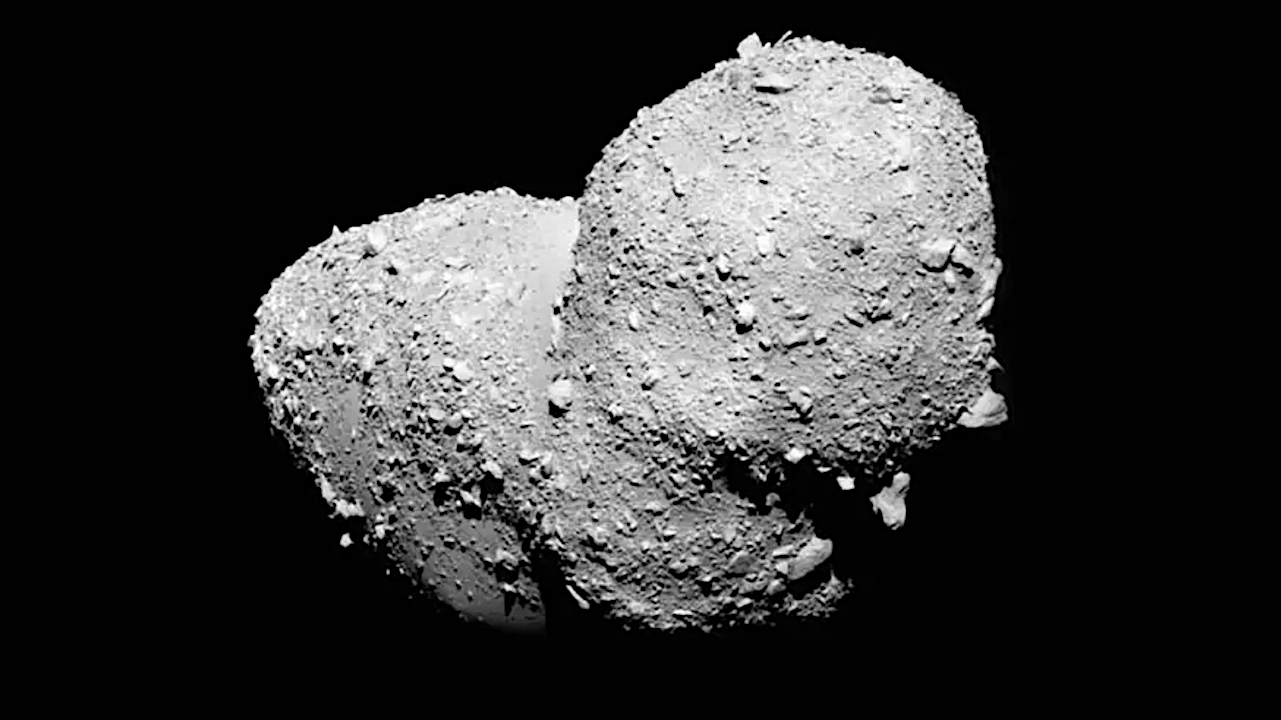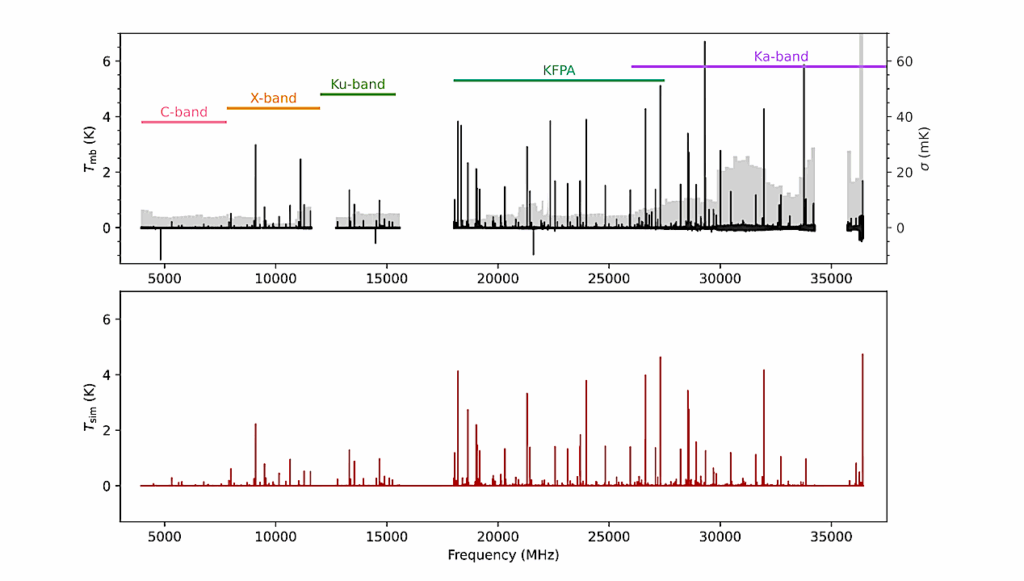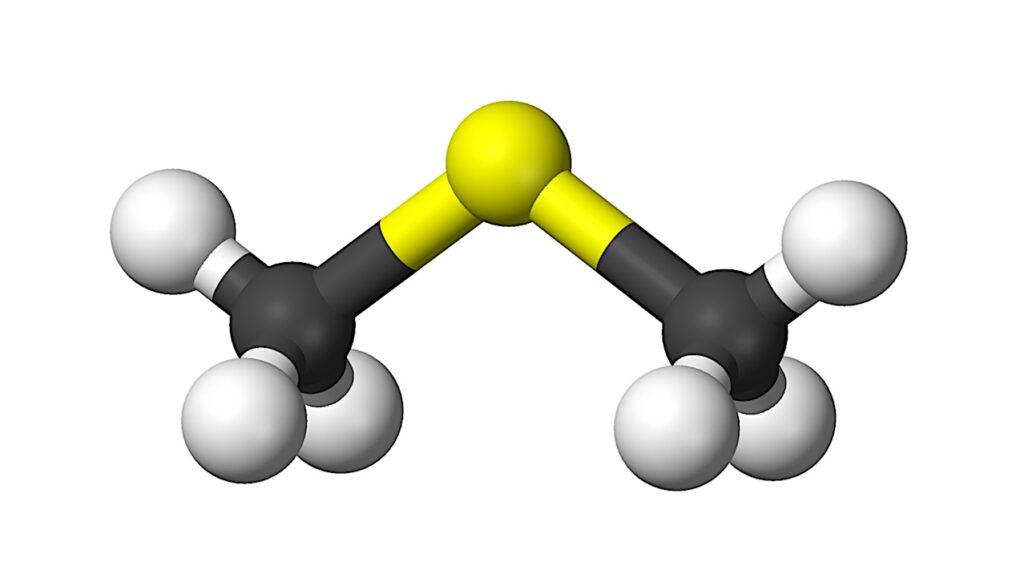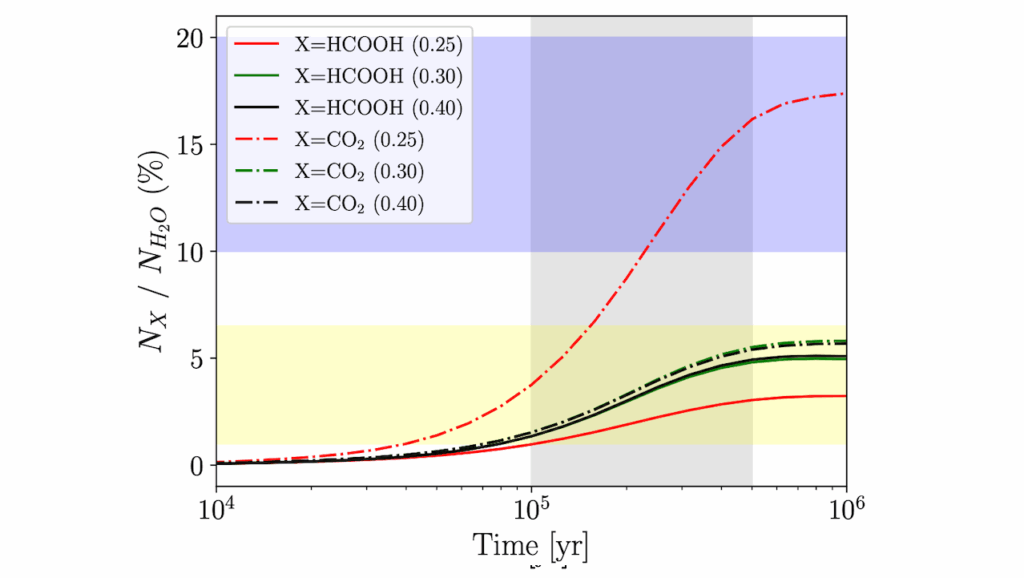Asteroid Itokawa Once Supported a Hydrothermal System

Ordinary chondrites (OCs) are the most abundant type of meteorites that fall to Earth. Compared to the carbonaceous chondrites, which commonly contain abundant hydrous minerals, OCs consist mainly of anhydrous minerals, so it has traditionally been assumed that their parent asteroids were very dry.
Only a few very pristine OCs contain hydrous minerals, and many other OC samples experienced intense thermal metamorphism up to about 1,000°C. The samples returned from asteroid Itokawa by the Hayabusa spacecraft provide a unique opportunity to gain further insights into the evolutionary history of OCs.
In 2010, the Hayabusa mission returned over 1,500 particles from the near-Earth S-type asteroid 25413 Itokawa. These particles are petrologically and mineralogically identical to thermally metamorphosed OCs, providing a direct link between S-type asteroids and OCs.
In a recent study, Shaofan Che and Thomas Zega at The University of Arizona Lunar and Planetary Laboratory discovered nanometer-sized NaCl crystals in the interior of an Itokawa particle. These authors observed an intimate textural association between NaCl and albitic plagioclase using focused ion beam and transmission electron microscopy techniques. After meticulously eliminating possible sources of terrestrial contamination, they interpreted the NaCl crystals to have precipitated in situ from a hydrothermal fluid on Itokawa.
Therefore, this study offers direct mineralogic evidence suggesting that there was an active hydrothermal system on S-type asteroids during their metamorphic histories. The hydrothermal origin of NaCl also supports previous thermodynamic models that suggest HCl hydrate (HCl·3H2O) that condensed from the solar nebular gas could be a source of fluids on chondrite parent bodies.
The pristine nature of NaCl in the Itokawa particle further demonstrates that sample return missions, such as Hayabusa, Hayabusa2, and OSIRIS-REx, can bring back samples that preserve pristine and uncontaminated features.
Hydrothermal fluid activity on asteroid Itokawa, nature
Astrobiology, Astrochemistry








